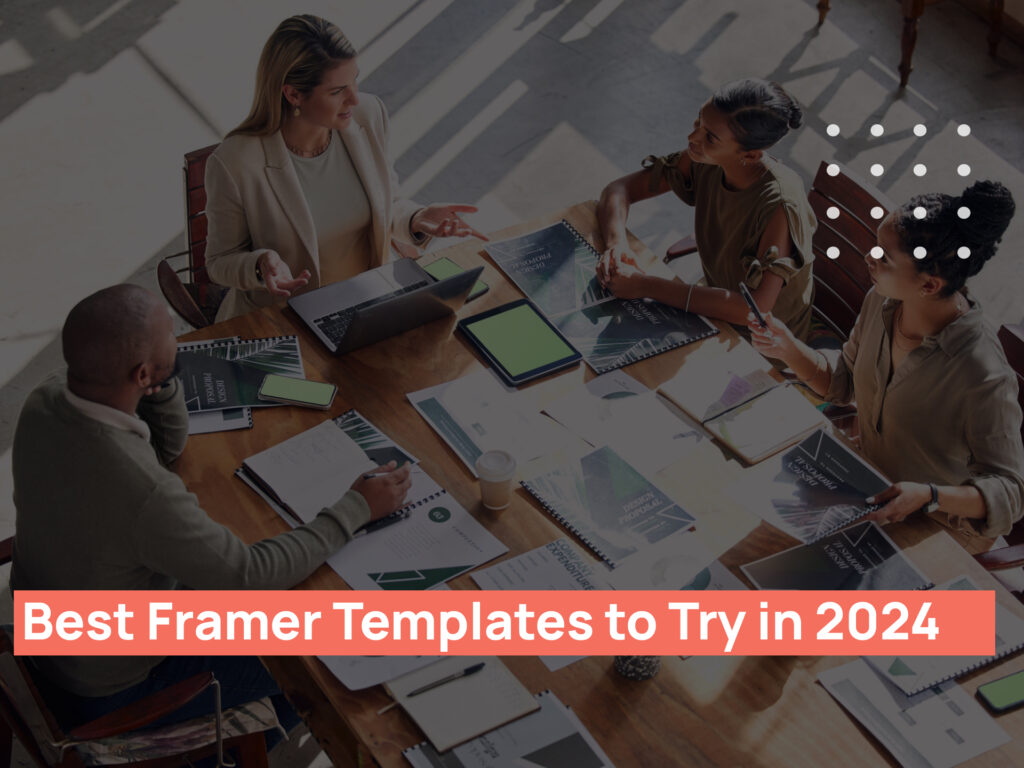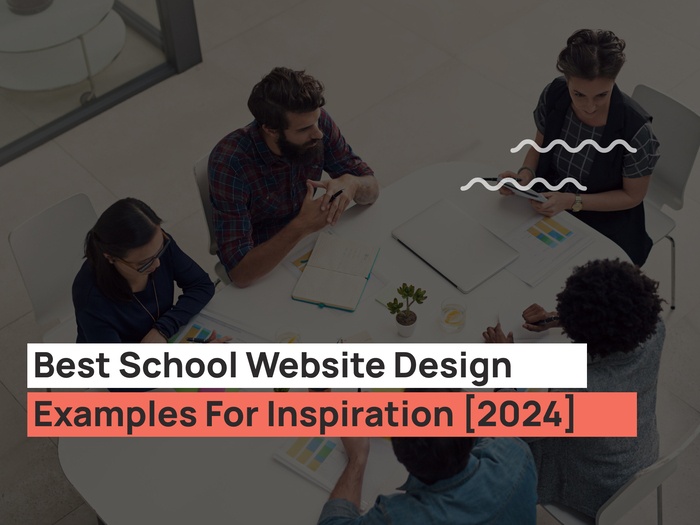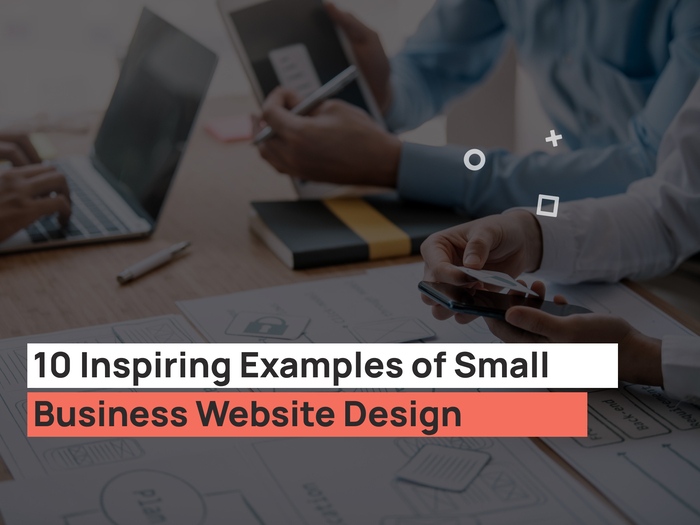Virtual reality promised to disrupt the way we consume content. Unfortunately, the disruption is yet to happen. After Facebook’s famous acquisition of Oculus for $2 billion the buzz around VR remains high, but the real change hasn’t taken place as quickly as expected.
Just like Apple’s smartwatch, Virtual Reality is highly praised by people in the tech industry, yet when it comes to real people there isn’t much of an excitement. The only industry that fully embraced VR is gaming industry, where user experience is tied up to the way visual information is transmitted and perceived. When it comes to web design though, things are different. Web information is still largely based on the text. And while the text is partly visual, it’s perceived by the right brain that is more analytical. Some research even suggests that visuals are processed 60,000 times faster than text. So is virtual reality in web design a dream that will never come true?
What’s virtual reality and how it works?
Virtual reality is a computer technology that uses headsets to produce an effect of presence in the environment that seems highly realistic to those wearing the device. The main appeal of Virtual Reality is its ability to place a person in the imaginative world by engaging as many senses as possible including vision, hearing, touch, and smell.
Virtual Reality simulates the environment following the position of the viewer’s eyes. The graphics change as the user turns their head. The technology has become possible due to the invention of the head-mounted display (HMD). The display tricks your brain to believe that you’re in the 3D world through the combination of the stereoscopic display, latency and the expanded field of view.
Virtual Reality tech includes the aforementioned HMD and a smartphone. Even though people associate VR with heavy equipment and high cost, this is not always the case. Here is an overview of VR tech available on the market:
- Google Cardboard – this might be the most affordable option in the market. For $10-15 you’ll get a quality functioning VR headset.
- Oculus Rift – the most talked about VR headset is also one of the most expensive. The company is associated with Facebook and is meant to transform the VR experience.
- HTC Vive – another costly VR set, HTC Vive delivers mind-blowing VR quality and experience.
- Samsung Gear – this headset costs around $100 and is meant to compete with Google Cardboard, however, it’s usage is restricted to Samsung phones only.
Virtual Reality and its use in web design
Virtual Reality is a perfect tool for creating immersive gaming experiences and connecting people. But when it comes to web browsing, we’re still at the stage of initial development. There are numerous predictions on VR development. Soon we’ll be moving through the online space using hands and gestures, just like the heroes of Johnny Mnemonic.
There were many attempts to create that future with the help of VR. You can browse the internet using VR in certain browsers, for example, Firefox Nightly and Chromium. Then, there is WebVR, a Javascript library, that aims to make it easier to get into VR experience in any browser, and not just the specialized ones.
But you’re probably more interested in how to use VR for business instead of the specs of the technology that makes it possible. It’s still too early to know how the VR online browsing experience will look like. In an ideal future world, VR will turn pages of text and lifeless pictures into realistic experiences that you can be a part of. But VR is already used in some cases to enhance our regular experiences:
- E-commerce. Virtual Reality has been embraced by e-commerce stores that want to entice customers. The only reason why we go to a retail store is to see the items live, touch and feel them. VR makes it possible without you having to leave your home. IKEA is using VR to guide the site visitors through a set of kitchen displays. Clothes and shoe stores will be next in this VR adoption journey.
- Real Estate. The first adopters of VR – Real Estate and Travel companies – have all the prerequisites to use VR in business. Right now you can take VR tours of property listings or explore the hotel room you booked for your next vacation.
When Virtual Reality can go wrong
VR is an amazing technology, but as with anything new, there are some drawbacks. These disadvantages refer to the way VR makes you feel as well as technology restrictions that VR puts on developers.
VR makes you sick
VR causes slight nausea. It’s recommended that you follow VR headset instructions that concern break time and duration. VR sickness is similar to “Simulator sickness” that is commonly suffered in flight simulators. It’s unclear whether we as humanity will get used to sickness or maybe the technology will improve. As of now, it’s impossible to live in the Virtual Reality world, rather you step into it for a short period of time.
Another health-related issue is the risk of injury. Look at the more advanced VR sets and you’ll see the bunch of cords and weirdly shaped wearables. Considering that you’re all immersed in a different world and can’t see what’s happening around you, wires present a real problem. Whether you’re fighting enemies on a battlefield or catching butterflies you have to move around the room and discomfort is bound to occur.
Web isn’t designed for VR
The most serious problem for developers is that web isn’t designed for VR. Web is a collection of 2D objects such as texts and images. Designers are still spending hours adjusting the design to different screen sizes and mobile. Having to adopt virtual makeover means more hours of work for designers and developers, which business will be opposed to due to budget constraints.
Real VR immersion isn’t achievable
Having to switch between VR and regular browsing experience isn’t the perfect solution. If you want to forget about the real world, the immersion should be easy and unnoticeable. Right now it’s impossible as you have to switch the toggle button to activate VR.
Bandwidth
Bandwidth is another concern for VR web implementation. Current attention spans don’t exceed 8 seconds – that’s how long visitors are willing to wait for the web page to load. With VR you have to wait for heavy videos to load, which might scare the users off.
Virtual Reality and WordPress
WordPress.com is now supporting Virtual Reality images and videos. Considering the number of sites running on WordPress.com, that’s a huge boost for the VR industry. Self-hosted WordPress sites are also benefiting from VR through the use of plugins. Here are the two plugins that are used most often:
VR Views
With VR Views you can add a VR video or image onto your site. Of course, these images and videos can only be viewed with a VR headset. For those who don’t have one, the website will display the magic window, that allows the visitors to move the image and explore it in a 360-degree view.
WP-VR-Views
WP-VR Views works similar to VR views. It uses the same switch to the magic window for those who don’t own a VR headset.
Future projections
Virtual Reality is bound to transform the web. But no one knows when and how it will happen. With the current state of web the transition is likely to be hard. But several years ago we were all sitting in front of our desks clicking the mouse buttons to move around web, now all we do is pick up the phone and scroll the pages back and forth. This change happened very quickly. Virtual Reality is the next step in this journey.



